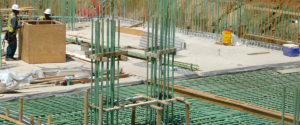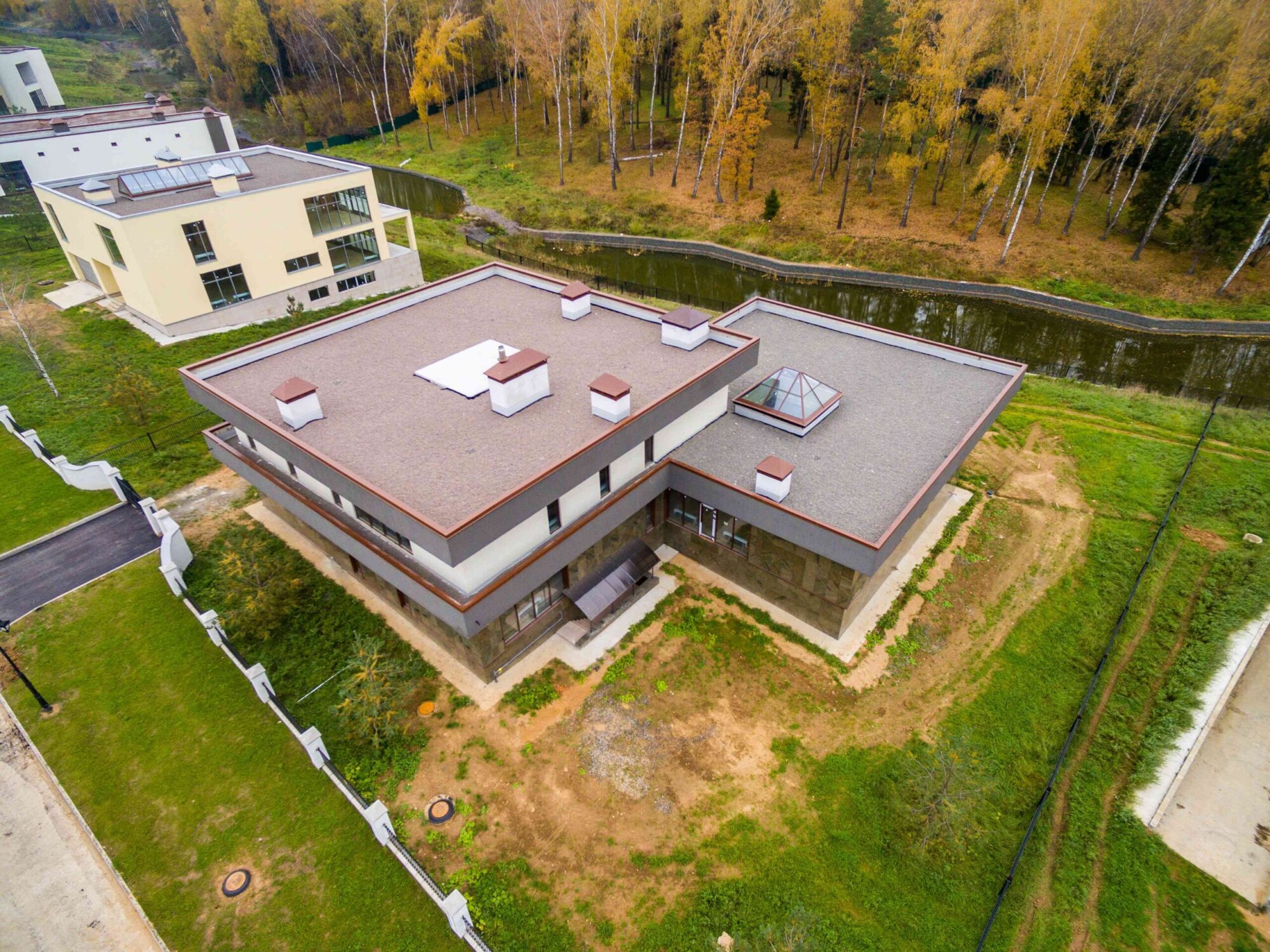The construction industry is in the midst of a revolution, driven by the urgent need to adopt sustainable practices and materials. One of the most promising innovations leading this change is Glass Fiber Reinforced Polymer (GFRP) rebar. In a world increasingly focused on reducing environmental impact, GFRP rebar is proving to be a game-changer, particularly in the realm of green building. This blog explores how GFRP rebar is transforming the landscape of sustainable construction, with a focus on the challenges faced in green building and why GFRP offers the solution we’ve been waiting for.
The Green Building Imperative
Green building isn’t just a trend; it’s a necessary shift in how we think about construction. The goal is clear: reduce the environmental footprint of buildings, enhance energy efficiency, and ensure that the materials used are sustainable over the long term. Yet, as anyone involved in construction knows, the path to truly sustainable building practices is fraught with challenges.
The Traditional Steel Rebar Problem.
Steel rebar has long been the backbone of reinforced concrete structures. However, its environmental impact is substantial and often counterproductive to the goals of green building:
- High Carbon Footprint: Steel production is one of the most energy-intensive industrial processes, contributing significantly to global greenhouse gas emissions. This high carbon footprint contradicts the principles of green building, which aim to reduce energy consumption and lower emissions.
- Corrosion and Durability Issues: Steel rebar is notoriously prone to corrosion, especially in environm
 ents exposed to moisture, chemicals, and de-icing salts. Over time, this leads to structural degradation, requiring frequent repairs and replacements. Not only does this increase the lifecycle costs of a building, but it also results in further environmental degradation through the need for additional resources and energy.
ents exposed to moisture, chemicals, and de-icing salts. Over time, this leads to structural degradation, requiring frequent repairs and replacements. Not only does this increase the lifecycle costs of a building, but it also results in further environmental degradation through the need for additional resources and energy. - Resource Depletion: The production of steel rebar relies heavily on finite natural resources like iron ore and coal. As these resources become scarcer, the environmental and economic costs of steel production continue to rise, making it an unsustainable option for the future.
Enter GFRP Rebar: A Sustainable Alternative
GFRP rebar addresses the shortcomings of steel and aligns with the core objectives of green building. But what exactly makes GFRP rebar the ideal solution?
Corrosion Resistance: The Longevity Factor

Unlike steel, GFRP rebar is immune to corrosion. This characteristic alone makes it a superior choice for green building projects, where long-term durability is a priority. Structures reinforced with GFRP rebar don’t suffer from the same degradation over time, leading to longer-lasting buildings that require less maintenance and fewer resources for repairs. This not only saves money but also conserves resources, aligning with the goals of sustainability.
Lower Carbon Footprint: A Breath of Fresh Air
GFRP rebar has a significantly lower carbon footprint compared to steel. The production process for GFRP is less energy-intensive, resulting in fewer greenhouse gas emissions. Moreover, because GFRP rebar doesn’t corrode, it eliminates the need for additional protective coatings or treatments, further reducing its environmental impact.
Lightweight and Easy to Handle: Efficiency in Action

One of the often-overlooked benefits of GFRP rebar is its lightweight nature. This characteristic reduces transportation energy and costs, as well as the physical strain on construction workers. The ease of handling also speeds up installation times, allowing projects to be completed more quickly and with less labor. In the context of green building, where efficiency is key, these advantages make GFRP rebar an obvious choice.
Non-Conductive and Safe: A Modern Necessity
In an increasingly electrified world, the non-conductive nature of GFRP rebar is another significant advantage. Unlike steel, which can conduct electricity and cause issues in buildings with high electromagnetic interference, GFRP rebar is non-conductive, making it safer for modern construction projects.
Recyclability: Closing the Loop
Sustainability isn’t just about using fewer resources; it’s also about ensuring that the materials used can be recycled and reused. GFRP rebar can be recycled, making it a more environmentally friendly option over its lifecycle. This recyclability is a crucial component of green building practices, which prioritize the use of materials that don’t end up in landfills.
Overcoming Green Building Challenges with GFRP Rebar

The transition to green building practices is not without its challenges. However, GFRP rebar offers solutions to some of the most pressing issues:
- Durability in Harsh Environments: Buildings in coastal areas or those exposed to harsh chemicals need materials that can withstand these conditions without degrading. GFRP rebar’s corrosion resistance ensures that these structures remain intact and safe over time, reducing the need for repairs and lowering long-term costs.
- Reducing Lifecycle Costs: While the initial cost of GFRP rebar may be higher than steel, the savings over time due to reduced maintenance and longer lifespan make it a cost-effective solution. This is especially important in green building, where the focus is on reducing the overall environmental impact of a structure over its entire lifecycle.
- Meeting Sustainability Goals: With global sustainability goals becoming more stringent, construction practices must evolve. GFRP rebar helps builders meet these goals by reducing the carbon footprint of their projects, using materials that last longer and require less maintenance, and ensuring that these materials can be recycled at the end of their useful life.
Real-World Applications: GFRP Rebar in Action
The use of GFRP rebar is already making waves in the construction industry, particularly in projects focused on sustainability:
- Coastal and Marine Structures: GFRP rebar is being used in the construction of seawalls, bridges, and other structures exposed to saltwater, where its corrosion resistance offers unparalleled longevity.
- Infrastructure Projects: In cities like Nagpur, India, GFRP rebar is being utilized in infrastructure projects to build more resilient and sustainable roadways, bridges, and public buildings.
- Residential Green Buildings: Homebuilders are increasingly turning to GFRP rebar for foundations and structural elements in green homes, where its environmental benefits align with the principles of sustainable living.
Conclusion: Building a Sustainable Future with GFRP Rebar
The future of construction is green, and GFRP rebar is at the forefront of this transformation. By addressing the challenges of traditional materials and offering a more sustainable, durable, and efficient alternative, GFRP rebar is helping to pave the way for a new era of building practices. As we continue to push the boundaries of what’s possible in construction, the adoption of innovative materials like GFRP rebar will be crucial in building a world that is not only more resilient but also more respectful of our planet’s resources.
The time to embrace this change is now. Whether you’re a builder, developer, or homeowner, considering GFRP rebar for your next project is not just a smart choice—it’s a sustainable one. Let’s build the future, one sustainable structure at a time.
